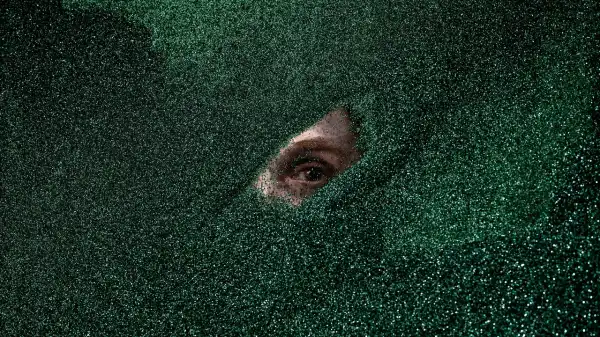
Save this storySave this storySave this storySave this story
Before becoming an author, I went to college to study international marketing. Like many children of immigrants, I succumbed to the guilt associated with “making a living” before dedicating myself to my calling. I lasted only three weeks before abandoning couch surfing and reading poetry in East Village bars, making my way into the literary life, whatever that meant. Still, I stayed in the marketing program long enough to realize one thing: photography is a key element of advertising, a form with the power to alter reality while maintaining a sense of authenticity, making a product, at the right price, enticingly accessible. Marketing also employs long-established photographic techniques: bright, outrageous colors, tense compositions, macro still lifes, sometimes even enlisting the photographers themselves to translate visions of personal projects into innovative corporate campaigns. In other words, for much of the twentieth century and beyond, beauty served as a method of commercial impact.

“Banquet”.
In this cultural context, Sig Harvey’s work reflects a less understood – or even repressed – beauty. While others record, Harvey, I believe, records something else. This “something else” can be characterized by her perception of beauty – what it is, what it can do, and, perhaps more significantly, how it becomes a means of self-knowledge. “The clock ticks back, providing an extra hour of sadness,” Harvey notes, revealing the hidden nerve in this new series, which, for all its opulence and sensual decadence, focuses on loss. The baroque richness of these images, their vivid color and geometry, evoke a palpable absence, the phantom finitude of an elegy, painfully present through an insatiable desire for the world, the living – a book of grief articulated through a vast, insatiable need. This is more than a cognitive project; it is a work of semiotic transformations. Harvey’s recurring motifs or preoccupations are well known, not only in photography but in literature: flowers, children, food, nature, interiors. Using symbols often associated with women as pejorative and petty, effete and proper (and therefore useless), Harvey, like Sappho, Plath, Murasaki, and Woolf, like Maier, Mann, and Weems, turns to the “domestic” as an inexhaustible subversion. She takes the Latin root of the word, domus, meaning “of animals,” and thus the filth of birth, rutting, and nursing—associations considered beneath male roles—and treats them as powerful and worthy knots of the imagination.
Sourse: newyorker.com